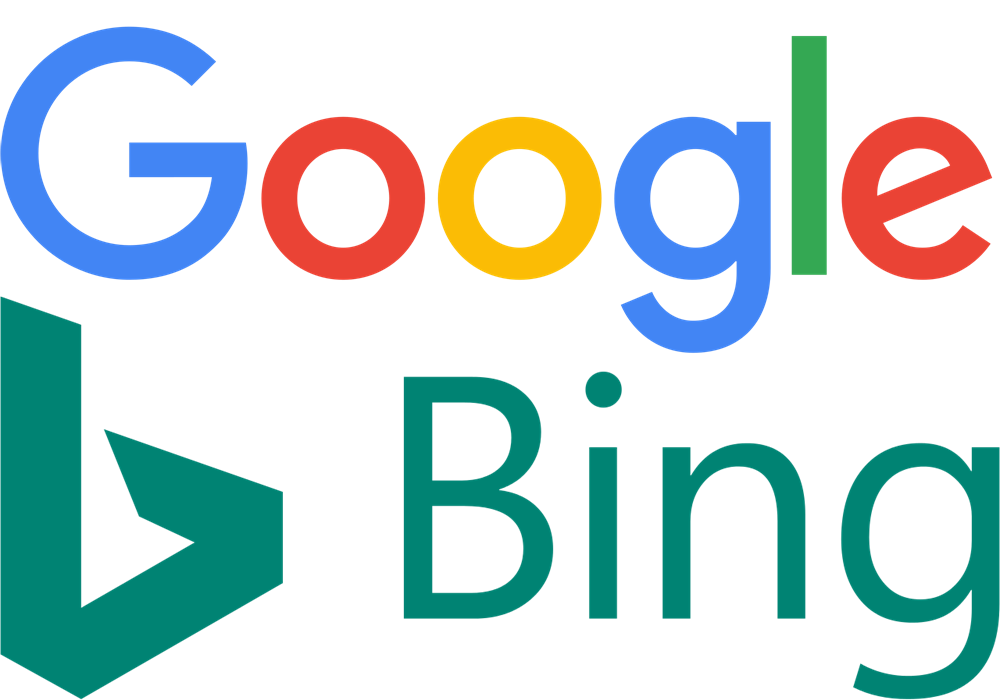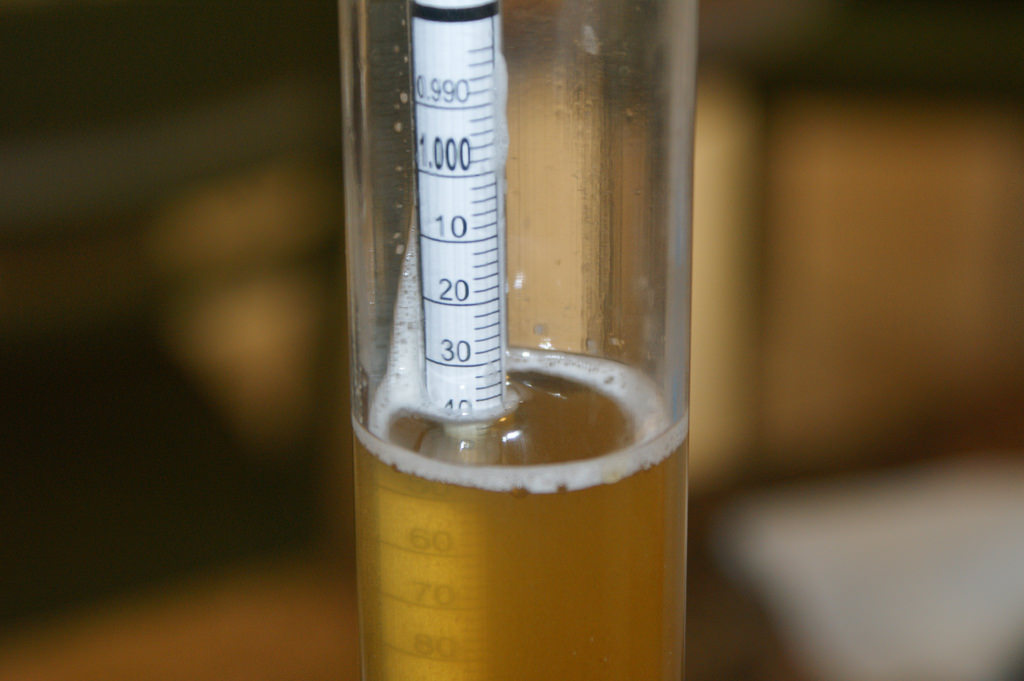 Last time we talked high-level about scoring free advertising by upping your search engine ranking. One way to do that was increasing your page load speed, using my own site as a turnaround example. Today I’m sharing a quick how-to on creating brand content that your customers (and search engines) will love.
Last time we talked high-level about scoring free advertising by upping your search engine ranking. One way to do that was increasing your page load speed, using my own site as a turnaround example. Today I’m sharing a quick how-to on creating brand content that your customers (and search engines) will love.
Curious why your latest blog post isn’t at the top of the search results page? Or perhaps your product launch is buried under 40 others? Search engines like Google and Bing reward craft beverage producers for creating value for site visitors. The key here is brand content:
- must be engaging: it should answer a question or solve a problem the reader has, and
- must be discoverable: people have to know where to look to find it.
It may seem counter-intuitive, but in order to increase your traffic by appearing at the top of search engine results, you must already have traffic. That is, unless you pay for search engine advertising or have no competition…neither of which is an option for most craft beverage producers. The best content out there still has to be found in order for search engines to rank it above others.
Point is, it’s not enough to just publish a page and expect search engines to flip a switch and open the traffic floodgates. Start drawing attention to your content by promoting it through email, social and paid advertising (if you have the budget). Target 300-500 words of body copy and have a clear call-to-action that gives the reader an opportunity to explore other areas of your site. Work with your web designer to make sure the technical aspects of the site are shored-up and easy for search engines to crawl (follow every link) and index (display those links on results pages).
 Is your site connected to Google or Bing for traffic and analytics? These tools will help you think even more strategically about how to own your position by understanding how measures like click-through (search clicks to your pages), bounce (quick exit after reaching your pages) and engagement rates (time interacting with your pages) impact search engine ranking:
Is your site connected to Google or Bing for traffic and analytics? These tools will help you think even more strategically about how to own your position by understanding how measures like click-through (search clicks to your pages), bounce (quick exit after reaching your pages) and engagement rates (time interacting with your pages) impact search engine ranking:
Bing – Webmaster Tools: both page tracking and search engine management tools.
Google Analytics: page tracking and promotional tools.
Google Console: search index and related tools.
CHECKLIST FOR BRAND CONTENT THAT WINS
I found a great series from Amazon’s Alexa marketing group which helps demystify the topic of search engine optimization for small-to-mid-sized businesses. Below is a summary on how their best practices apply to the craft beverage industry, highlighting examples where your team at Northwestern can immediately influence your search ranking:
- Is there demand for your brand content: searchers looking for answers you’re able to provide will help boost your ranking. Seems obvious, but many brands spend time and energy against content that doesn’t advance their position. For example, you may be qualified to speak to both topics, but more retail customers are searching for content around “kombucha” (17,600,000 results) than for “scoby bacteria” (3,530 results). Use keyword searches like this while planning your brand content calendar.
- Use common language: unless you’re in a highly-specialized, scientific field, use language geared towards a general audience. “Original gravity (OG)” (282,000 results) appeals more to a craft niche than the more general concept of “alcohol by volume (ABV)” (1,190,000 results) for gauging the strength of beer.

- Understand information-gathering intent: why is your customer searching for the information? Are they just curious, or are they looking to purchase? “Single barrel bourbon” (9,190,000 results) page content differs when you’re trying to educate on the process versus sell your latest expression. Google, Bing and other search engines are incorporating elements of semantic search – or trying to understand the searcher’s intent and context – to provide valuable content with fewer clicks.
- How does the competition answer the question: for wineries, where does your competitor rank on a search for “Napa Valley Harvest” (only 17,100 results)? Have they claimed the top spot for events during the season? Festival promotion? Visit their pages and understand what angle they’re taking, the length of content, what media is being used to tell the story, calls-to-action, etc.
- Where do they go next: once you’ve satisfied their information need or solved their problem, it’s time to keep customers on-site with additional content and related topics. The more time they spend on your site engaging with your brand content, the more valuable search engines perceive that content to be and the higher your ranking on those keywords.
- Use best practices: developers can literally make a brand sing and dance with high-energy, engaging websites. However, it’s what they do on the back-end that matters to search engines. While hidden from visitors, including target keywords in the page code (title and header tags, URLs, body copy, image filenames, etc.) shows Google and Bing you know what you’re doing.
MailChimp archive:
https://mailchi.mp/52313e8f9060/180828_searchcontent?e=a83dcf3085
Download:
https://app.box.com/s/ex8xsejs6uz4zcpvp4m5h7gnjj0b3hu7